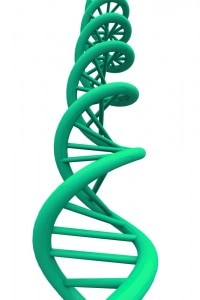Stem Cells Cure Man’s HIV: Implications for Using Someone Else’s Stem cells
The “Berlin Patient” I have blogged on in the past who received a bone marrow stem cell transplant from a patient known to be immune to HIV and became himself able to fight off the virus, has now been revealed in the news media. This is an important story not only for the obvious reasons, but also because of one reason that’s not immediately obvious. In order for this type of stem cell transplant to cure this man’s HIV, the stem cells from the donor had genes that remained active in the patient who received the cells. In this case these genes coded for good things-immunity to HIV. However, what if they coded for bad things? I blogged on this issue a few years ago, where a mouse stem cell transplant study took cells from a mouse who was bred to have severe osteoporosis (weak bones) and the young healthy mouse recipient of those cells contracted osteoporosis. The upshot? While there are certainly instances where the patient’s own stem cells may not work well enough or have the right properties, using someone else’s stem cells in a patient carries unknown genetic risks (or in this case benefits). As a result, patient’s seeking stem cell therapy using cord blood or fetal tissue need to be mindful that they may be getting a little more they think. At the same time, your own stem cells only give you back your same genes, so the risks are significantly less.

If you have questions or comments about this blog post, please email us at [email protected]
NOTE: This blog post provides general information to help the reader better understand regenerative medicine, musculoskeletal health, and related subjects. All content provided in this blog, website, or any linked materials, including text, graphics, images, patient profiles, outcomes, and information, are not intended and should not be considered or used as a substitute for medical advice, diagnosis, or treatment. Please always consult with a professional and certified healthcare provider to discuss if a treatment is right for you.

